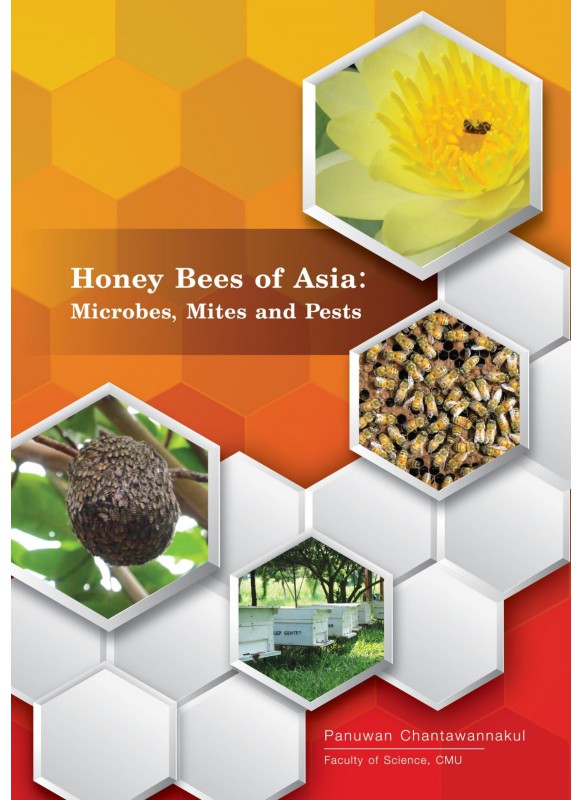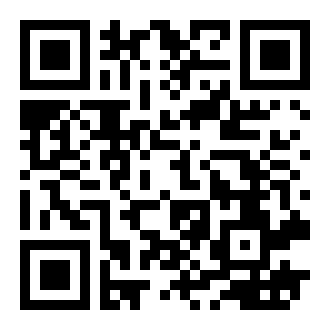Honey Bees of Asia : Microbes, Mites and Pests
฿400
ประเภทหนังสือ :
หนังสือเล่ม
ปีที่พิมพ์ : 2560
ผู้แต่ง : Panuwan Chantawannakul
สำนักพิมพ์ : CHIANG MAI UNIVERSITY PRESS
ISBN : 9786163981875
ภาษา : English
จำนวนหน้า : 144
ปีที่พิมพ์ : 2560
ผู้แต่ง : Panuwan Chantawannakul
สำนักพิมพ์ : CHIANG MAI UNIVERSITY PRESS
ISBN : 9786163981875
ภาษา : English
จำนวนหน้า : 144
<p>Traditional honey bee hunting and beekeeping are important to the economic and spiritual lives of Asians (Figure 1 and 2). Bee products (honey, brood, propolis, bee wax, bee pollen, royal jelly and bee venom) are recognized as healthy foods and are frequently used in traditional medicine, especially in eastern regions. Honey is also recognized more than as simple food, as it is known to be consumed as part of food supplements and traditional medicine that promote good human health. Asia is regarded as the homeland of honey bees as it hosts at least eleven species (Chantawannakul et al. 2016). The giant and dwarf Asian honey bees are open-nesting wild bees and are actively sought out by honey hunters or are opportunistically harvested (Figure 3 and 4). The cavity nesting Asian honey bee (Apis cerana) colonies are maintained in traditional hives (e.g. hollow logs (Figure 5), straw baskets, and clay pots (Figure 6), as well as in modern boxes (Figure 7)). The introduced species, the European honey bee (Apis mellifera) colonies are kept in modern box hives (Figure 8). Hive beekeeping of A. cerana was introduced as early as 300 BC to Pakistan and Afghanistan. In East Asia, China started hive beekeeping circa 200 (Chantawannakul et al. 2016).</p><p><br></p><p>ผึ้ง แมลง ศัตรูพืช ยาฆ่าแมลง เห็บ หมัด <br></p>













